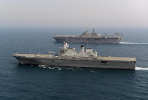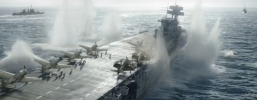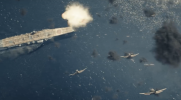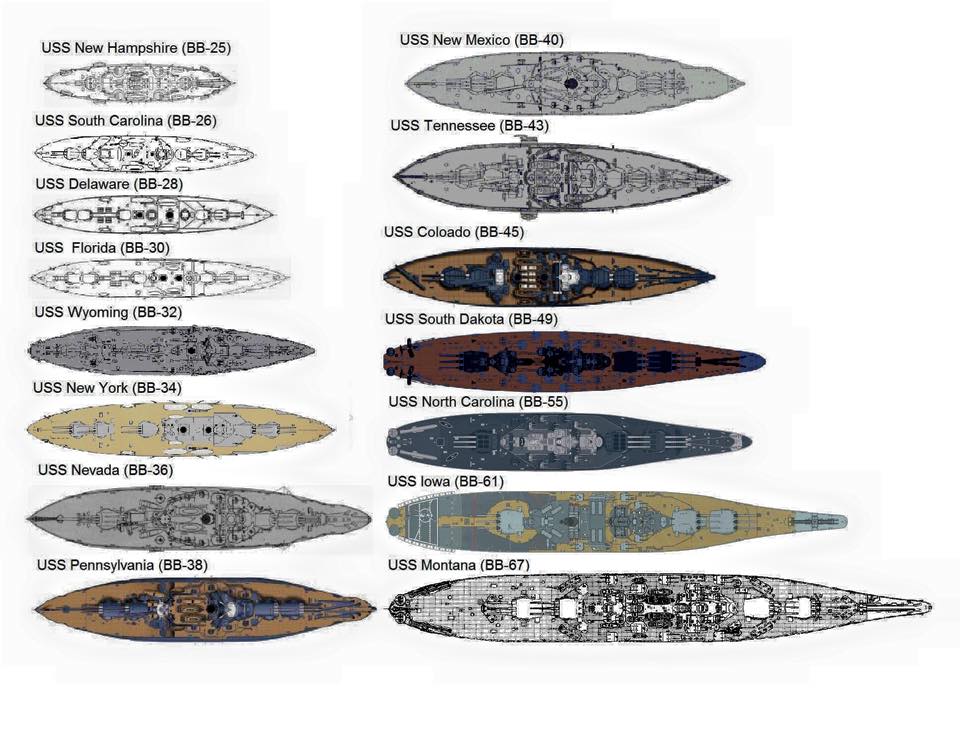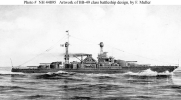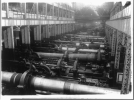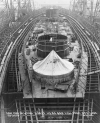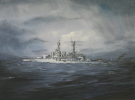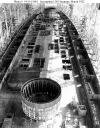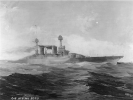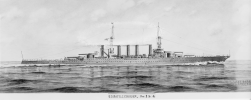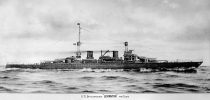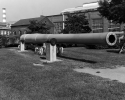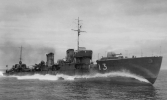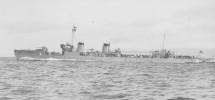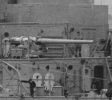From reporting by The Diplomat.
https://thediplomat.com/2018/12/japan-to-convert-izumo-class-into-f-35-carrying-aircraft-carrier/
https://thediplomat.com/2018/02/source-japans-largest-warship-was-designed-as-aircraft-carrier/
"As I reported in May, a study conducted by the Izumo’s builder, Marine United Corporation (MUC), earlier this year concluded that warship, along with its sister ship, JS Kaga, can be turned into aircraft carriers. The carrier has reportedly been designed to operate STOVL fighter jets all along and requires only minor modifications to accommodate the F-35B. As I wrote in February:
[A] consensus was privately reached at the inception of the Izumo project that the warships should be designed allowing for a future conversion into an F-35B-carrying naval platform. (…)Modifications on the Izumo-class, among other things, would require the installation of a ski-jump. Contrary to earlier reports, (…) [the] flight deck has already been coated with paint that can withstand the exhaust heat generated during F-35B landings and takeoffs. Additionally, the aircraft elevators, connecting the flight deck with the hangar, were reportedly specifically designed to accommodate the F-35B."
It might make more sense militarily to use them as ASW helicopter carriers as part of a US battlegroup, but if the US steps back and Japan is forced to keep sea lanes open, it would be prudent to have the option of carrying fixed wing aircraft.


JASDF to get F-35Bs...I wonder what the end goal of a STOVL a/c is?

